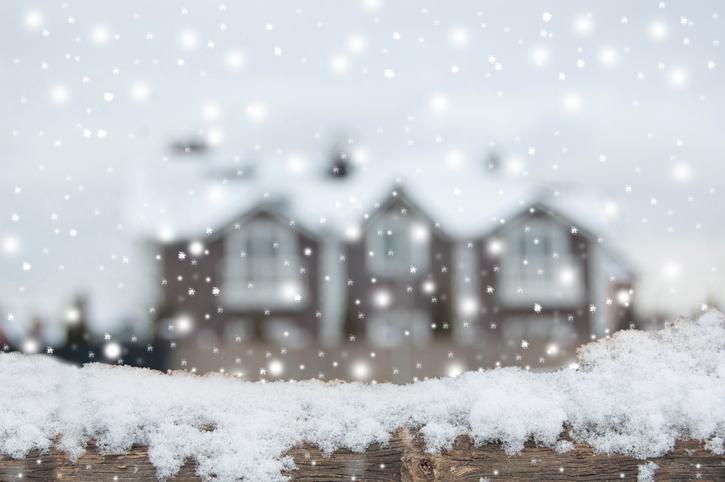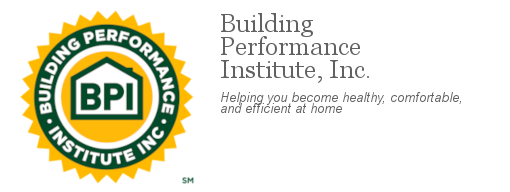
The cozy winter home isn’t without its hazards. Read on to learn about five ways that you can perform the necessary maintenance to keep you and your family safe this winter.
1. Service your heating system.
You can keep your forced-air HVAC system in good shape throughout the year by changing your air filter monthly and by keeping your air intake systems free of debris. Additionally, when the seasons change, as you make the switch from cooling to heating, you may want to have your system professionally inspected and maintained.
A professional maintenance inspection usually covers a variety of different tasks, including:
- Calibrating your thermostat to ensure proper temperature sensing
- Cleaning and lubricating mechanical parts
- Inspecting for mold buildup or pest (insect, rodent) invasion
If the inspection reveals signs of mold, you’ll want to have your air ducts cleaned. Research from the Environmental Protection Agency (EPA) indicates that regular cleaning isn’t necessary in most cases, but they do recommend cleaning after the discovery of mold.
Professional air duct cleaning usually costs between $300-$500, though the exact price varies depending on the size and complexity of your HVAC system. This investment helps protect your family from the spread of toxic mold spores and other harmful substances around the house. On top of that, it may end up making your HVAC system run more efficiently, reducing your utility bills.
2. Address drafts at the source.
Drafts, or air leaks, let cold air into your home, causing utility bills to skyrocket. Most people pay attention to air leaks coming through doors and windows, but in actuality, it’s the attic that’s typically to blame for major heat-leaching drafts. (Drafts from your attic usually aren’t a safety concern unless you happen to lose power in a major winter storm. In that case, you’ll want to preserve every bit of warmth you have in the home; any open air leaks will work against you in that effort.)
Every attic sealing and insulation project is different, and the professional you consult to fix the problem may suggest a complete overhaul, including the installation of all-new insulation. You can generally expect to pay at least $400 to re-insulate an attic. With the air leak issue solved, that insulation should stay viable and do its job well for years to come.
3. Reinforce your fire safety precautions.
House fires become a major issue in wintertime, when fireplaces and heating systems are going full-tilt. Proper maintenance and care of your various fire- and heat-generating systems is a must, but in addition to that, you should have a reliable fire alarm and safety system in place. Alarms that detect smoke or heat are a good first step. If you haven’t already, you should take some additional safety measures, including equipping your home with fire extinguishers, fire escape ladders for the upper floors of your home, and a fire safety plan for your family.
4. Provide a gas leak warning system.
Natural gas is extremely flammable, posing a risk of explosion if a leak occurs. Anything in your home that’s fueled by gas, be it a fireplace, heating system, stove or washing machine, can lead to a leak. Even if the appliances themselves are in perfect working order, their supply lines may crack or otherwise fail, releasing deadly gas into your home.
Many utility companies add a foul scent to their gas supply to make a leak more easily detectable. However, the odor isn’t always very noticeable, particularly if there are other ambient scents in your home that overpower the smell of the gas. Inspect your gas lines every year before you ignite the pilot light on your heater system, and install carbon monoxide detectors throughout your home to protect yourself from a CO leak as well. Simple battery-powered CO detectors are an affordable solution for those who can’t install a hardwired system.
5. Make sure your roof is in good shape.
Mega-storms are dumping record levels of snow across the country, and this, in turn, is changing the game on how builders plan roof load capacity. If your roof is older, it may not be support the same amount of snow that your neighbors’ roofs can hold. Even if your roof is relatively new and is built according to modern weight capacity standards, any structural issues or weaknesses can significantly reduce the amount of weight your roof can sustain.
Roof replacement costs average out to about $6,000-$20,000 nationwide, with factors such as home size and materials chosen raising or lowering the price. A collapsed roof can be deadly, so while this cost can be hard to swallow, it’s well worth the investment.
Don’t take risks with your family’s health and safety this winter. With the proper precautions, you can transform your home into a comfortable, safe place to stay warm and cozy when temperatures drop.

Follow us